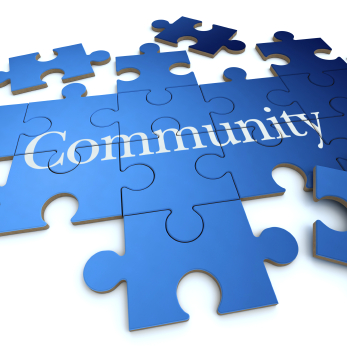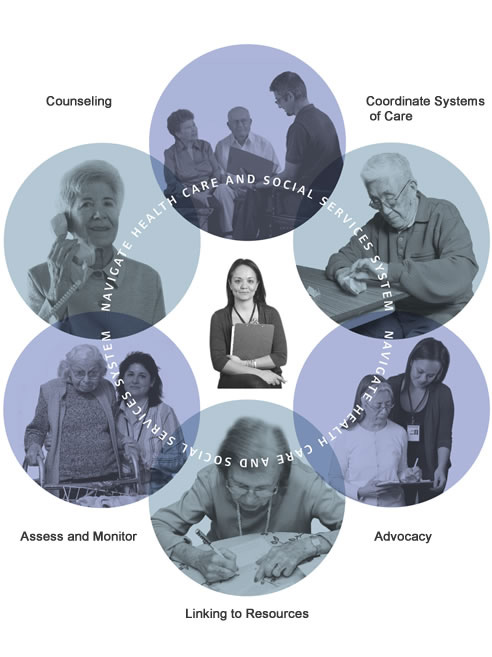 It is incredibly heartening to see the impact the Hartford Foundation’s 10-year investment in social work has made both on the field of geriatrics generally and on the health of older adults directly—as described in the Foundation’s 2009 Annual Report. Reading the report reminded me of an experience I had while taking a nursing course nearly nine years ago at New York University, when I had my first contact with Dan Gardner, the Hartford Social Work Faculty Scholar featured in the report.
It is incredibly heartening to see the impact the Hartford Foundation’s 10-year investment in social work has made both on the field of geriatrics generally and on the health of older adults directly—as described in the Foundation’s 2009 Annual Report. Reading the report reminded me of an experience I had while taking a nursing course nearly nine years ago at New York University, when I had my first contact with Dan Gardner, the Hartford Social Work Faculty Scholar featured in the report.
The course, Community Nursing, covered the fundamentals of home care but also required each student to conduct a rigorous health-needs assessment in a specified community. My community assignment was in lower Manhattan and took place soon after the tragic events of 9/11. What I discovered was unexpected—and eye-opening.
First, there were many more older adults than I had expected. High rise apartment buildings on one city block housed nearly 2,000 of them. This was not senior housing. The residents had simply aged in place. Because of this critical mass of older adults, the Visiting Nurse Service of New York had placed a dedicated home care nurse in the community. We, the nursing students, worked with that extraordinary individual and did outreach through the community center.
 When the day came to turn in my community needs assessment, I wondered what my nursing instructor would think. During my time in the community, I had discovered the local hospital’s emergency room was experiencing a dramatic rise in alcohol-related accidents and injuries. I’d also learned there were many unaddressed psychosocial needs, gaps in knowledge about entitlements, and a pressing lack of social supports and services.
When the day came to turn in my community needs assessment, I wondered what my nursing instructor would think. During my time in the community, I had discovered the local hospital’s emergency room was experiencing a dramatic rise in alcohol-related accidents and injuries. I’d also learned there were many unaddressed psychosocial needs, gaps in knowledge about entitlements, and a pressing lack of social supports and services.
In short, my assessment showed a serious need for social work in the area. When my instructor saw the assessment, not only was she receptive, she reached out to Dan Gardner.
As a result, the nursing and social work schools at NYU partnered with the Visiting Nurse Service of New York to position nursing and social work students, along with professionals from the Service, to extend surveillance and support within lower Manhattan. This initiative, called the Carelink Program, is supported through a grant from the Health Resource and Services Administration (HRSA).
The Carelink Program continues today, with Dan serving as its social work coordinator. Having a social work component allows the interdisciplinary team to help older adults address their psychosocial needs and access the range of services needed to remain independent. And through the experience, social work and nursing students achieve a deeper understanding of how to support the health of older adults in the community, while learning how to work together as an interdisciplinary team.
What the Hartford investment in social work has done for the field is truly remarkable. So on behalf of the folks in lower Manhattan, I just want to say a special thank you to Dan.
Other blogs in this series
- Celebrating a Decade of Leadership in Geriatric Social Work by Nora OBrien-Suric
- Reaching Out to Social Work Leaders by Corinne Rieder
- Beatrice by Rachael Watman
- Building the Student Pipeline by Nancy Kropf
- Developing a Geriatrics-Trained Workforce by Tracy Schroepfer
